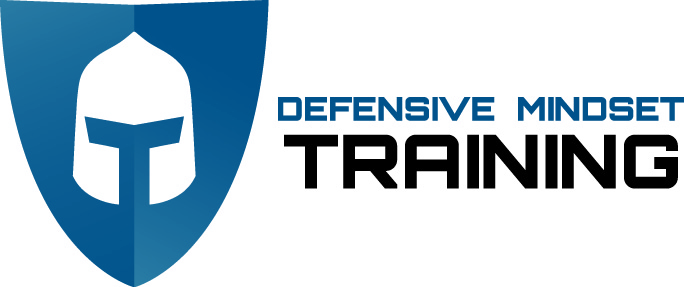Tactical Tip: learn about learning and conquer any skill
Beau Doboszenski, Owner/Lead Instructor
Originally published August 29th, 2019
About two weeks ago I tried wake surfing for the first time.
Growing up I’d gone water skiing once or twice, but that was at least twenty years ago so you could plainly say that I had the same skills as someone who’d never done water sports.
With that disadvantage, I wanted to make sure I didn’t look like a fool when my friends inevitably asked me to jump in the water and give it a try.
Here’s a picture of me on the second pull try, moving into position.
What they didn’t know is that I’ve learned how to learn. A few days before the lake trip, I watched a video about wake surfing. The teacher in that video spent only a moment or two on the fundamentals and it was limited in detail, heavy on feeling, and quick to the crazy stuff like 360’s. But it was enough for me to see and identify the core elements of wake surfing.
With those core elements in mind, I went into the boat and watched two experienced surfers go before me. I could see the same core elements I’d seen in the short video. And after a few runs from each of them, it was my turn to get into the water. I set up correctly, though on the first pull up, I found myself in the middle of the wake instead of the side, it was too late to correct this problem so I let go of the tow rope.
Second pull and I found the wave and stayed up for a long run. By the end I tossed the tow rope into the back, surfed for a bit unaided, and disengaged to slowly sink into the water. I struggled a little with balance and couldn’t do any advanced skills like 360 turns, but I was competent enough to enjoy myself right from the start, without a long learning curve.
Now is wake surfing just that easy? Or was the initial coaching from my friends just that good? Maybe. But several of my companions on the boat struggled to get going so there must be more to it.
I suspect I was successful because I “pre-learned” the skillset in advance, internalized it, and was able to apply the core elements of that skill in real-time.
This is exactly the goal of Defensive Mindset Training’s firearms training methods. We don’t just tell you the core elements; we develop skill with detail and depth. We help you correct errors and advance those skills in real-time so you learn to spot your own errors in the middle of shot strings, draws, or other skills. Being able to see the problems in motion gives you a massive advantage for growth, keeping you from becoming frustrated with struggling in the same spots over and over, not knowing what to do to improve.
The DMT firearms curriculum is based on the neuroscience of learning. And my experience wake surfing is further confirmation that this learning methodology works to develop skills quickly and efficiently, whether it’s applied to firearms training or sports or any other topic. The key is learning how to learn, and DMT teaches this skill along with draws and trigger presses and other technical skills.
At DMT, you’ll learn how to take your skills to the next level, both inside and outside the classroom.

